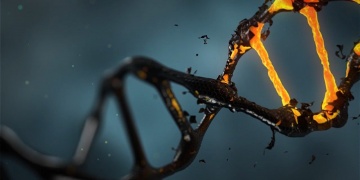
Archaeologists, developed methods for the enrichment and analysis of nuclear DNA from sediments, and applied them to cave deposits in western Europe and southern Siberia dated to between approximately 200,000 and 50,000 years ago.
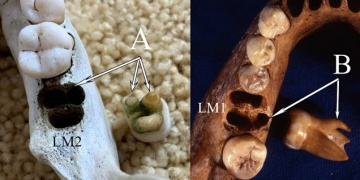
An article published in the Proceedings of the National Academy of Sciences with participation by the CENIEH refutes the similarities between the teeth of modern Asians and the Denisovans, an extinct human population that coexisted
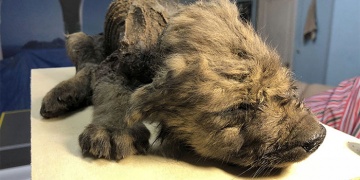
Researchers says 18.000-year-old Wolf-Dog, found in permafrost in Siberia, could be oldest confirmed dog in history. Scientists aren’t sure whether the ‘amazingly well-preserved’ creature is a dog or wolf – presumably because it comes from the point…
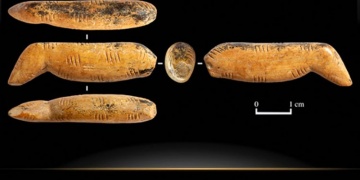
A fragment of a cave lion figurine estimated to be 45,000 years old was unearthed in Siberia’s Denisova Cave
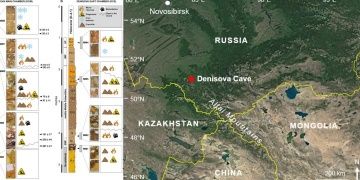
Micromorphology can help identify areas of sedimentary deposit that are most conducive to ancient DNA preservation and could be usefully integrated with DNA analyses of sediments at archaeological sites to illuminate features of their human and…
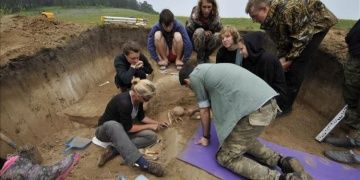
The Siberia Research Project was started recently in order to access new information on the archaeology of Siberian prehistory, which is not well known.

Japanese and Russian researchers say a well-preserved carcass of an extinct cave lion cub has been found in permafrost in Russia. Scientists say they found the remains of the cub while digging near a river in northeastern part of Siberia in July…
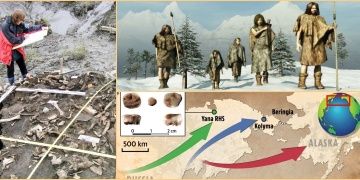
DNA from 31,000-year-old milk teeth leads to discovery of new group of ancient Siberians. Newly discovered ancient teeth dating back 31,000 years are evidence of a new ethnic group in human history and could change know about the first American…
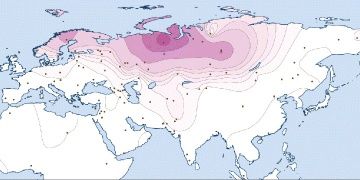
Genes reveal traces of common recent demographic history for most of the Uralic-speaking populations
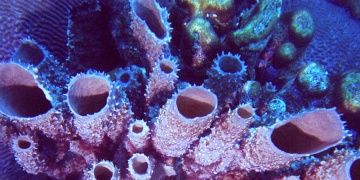
Demosponge steroid biomarker 26-methylstigmastane provides evidence for Neoproterozoic animals... The oldest clue of animal life, dating back at least 100 million years before the Cambrian period, when most major types of animals appear, has been…



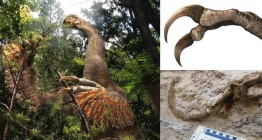
















 Rodos adasında Osmanlı döneminden kalan kültürel mirası zamana direniyor
Rodos adasında Osmanlı döneminden kalan kültürel mirası zamana direniyor  Hakkari'de Kadim Şehir Hakkari Çalıştayı yapıldı
Hakkari'de Kadim Şehir Hakkari Çalıştayı yapıldı  Küllüoba'da bulunan ekmek, bereket getirmesi için yakılarak gömülmüş
Küllüoba'da bulunan ekmek, bereket getirmesi için yakılarak gömülmüş 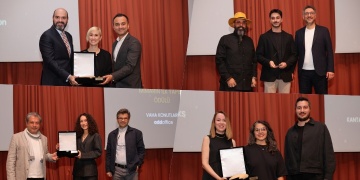 30. Altın Çekül Uluslararası Yapı Kataloğu ve Mimarlık Ödülleri törenle verildi
30. Altın Çekül Uluslararası Yapı Kataloğu ve Mimarlık Ödülleri törenle verildi 

